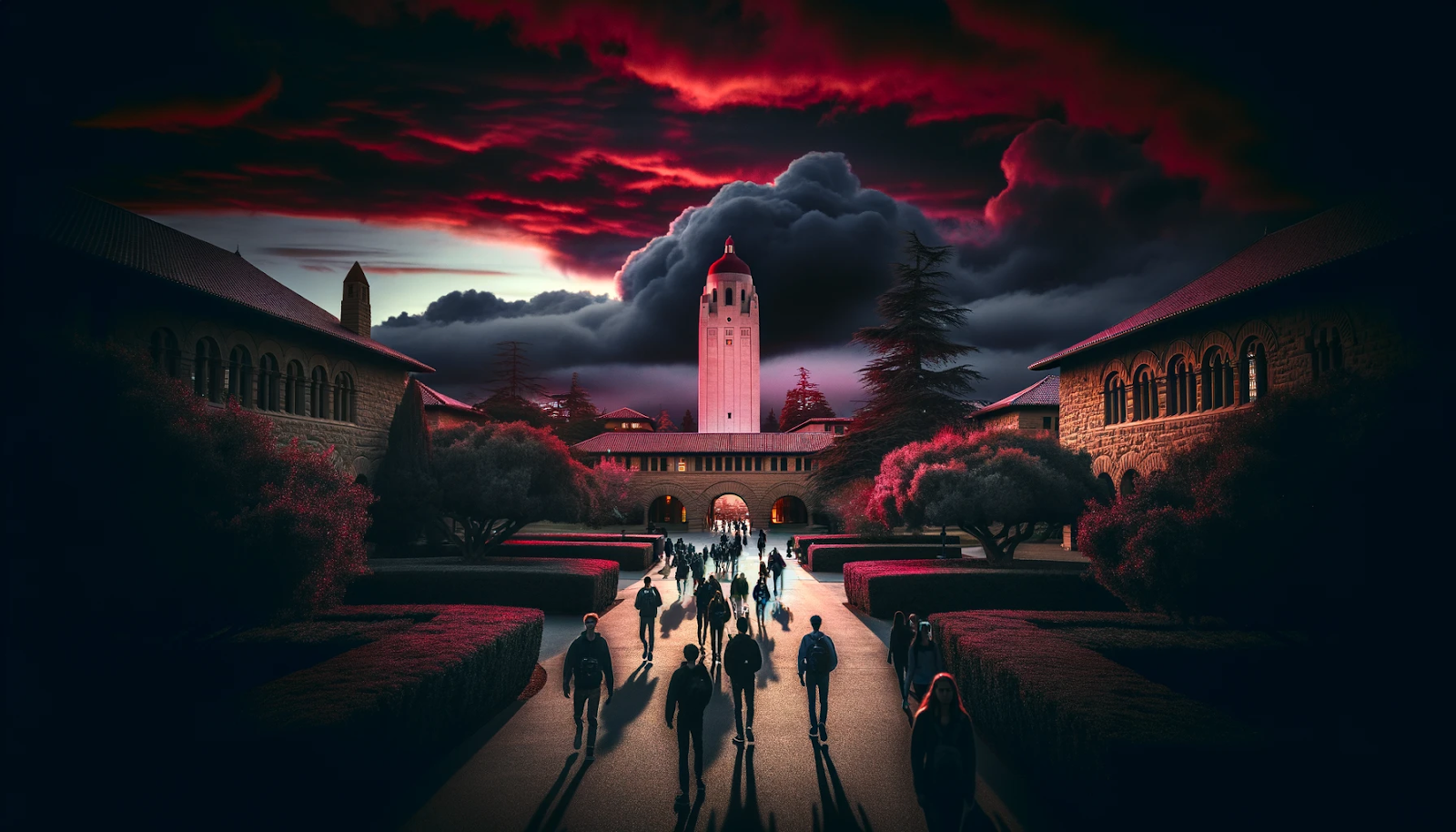Two years ago, Volume LXV of the Review released “Woke Watch,” a series of articles revealing how wokeness festered in Stanford’s bloated bureaucracy and rotted the intellectual foundations of our University. Today, we find ourselves in a similar position: with a need to hold Stanford accountable once more.
In the past few years, we have seen Stanford fall into a pattern of censorious behavior. From collaborating with the government to quash speech, to censuring Dr. Scott Atlas for publicizing his viewpoints, the University has become intimately involved with the most insidious forms of American censorship during the COVID-19 pandemic. Stanford has censored not only its own faculty members, but the information available to every American.
For thirty-eight years, the Review has stood as the bastion of contrarianism on campus. The forthcoming “Stanford’s Censorship” series of articles will continue our mission by documenting just some of the censorship that has occurred on our campus. We will tell the stories of Drs. Jay Bhattacharya and Scott Atlas, document the Stanford Internet Observatory’s collaboration with the government to suppress speech, and report on the self-censorship and lack of free speech on campus after administrators fail to uphold free speech. Our series will serve as an archive of Stanford’s assault against free speech and academic liberty.
What has happened on campus since 2020—and throughout the country—was unacceptable and contrary to the American ideal of free expression. Our supposed beacons of intellectual vitality stood instead as beacons of academic censorship. Without a thorough investigation of these cases, Stanford risks repeating its mistakes into the future—perhaps when the stakes are even higher.
When we look at the present state of academic freedom and censorship, we realize that our current situation is far from unprecedented. In fact, the history of censorship at Stanford goes back to the University’s founding. In 1900, Edward Ross, a young faculty member and racist sociologist, was fired from Stanford at the direction of the University’s founder, Jane Stanford. The case was so controversial that it reverberated across the entire nation, caused the resignation of several faculty members, and helped bring about academic tenure in the United States.
Fast forward to 1972, when Stanford fired its first and only tenured faculty member, Bruce Franklin, for his alleged incitement of violence during the anti-Vietnam war protests that rocked campus. Roughly a decade later, the University—with pressure from China—expelled PhD student Steven Mosher after he documented the forced abortions and abject poverty in rural China. Each of these cases served as a flashpoint for the academic freedom debate, and they all included webs of uncertainty. Today’s forms of censorship in the presence of the internet and social media are nuanced, but the fundamental issue remains the same.
Over the next few weeks, the Review will document a sampling of the censorship that has taken place on our campus… and we need your help. Please, consider supporting the Review financially, and send any useful tips along to us at eic@stanfordreview.org.
If you want to support the Review, you can subscribe to our free mailing list or make a donation.






